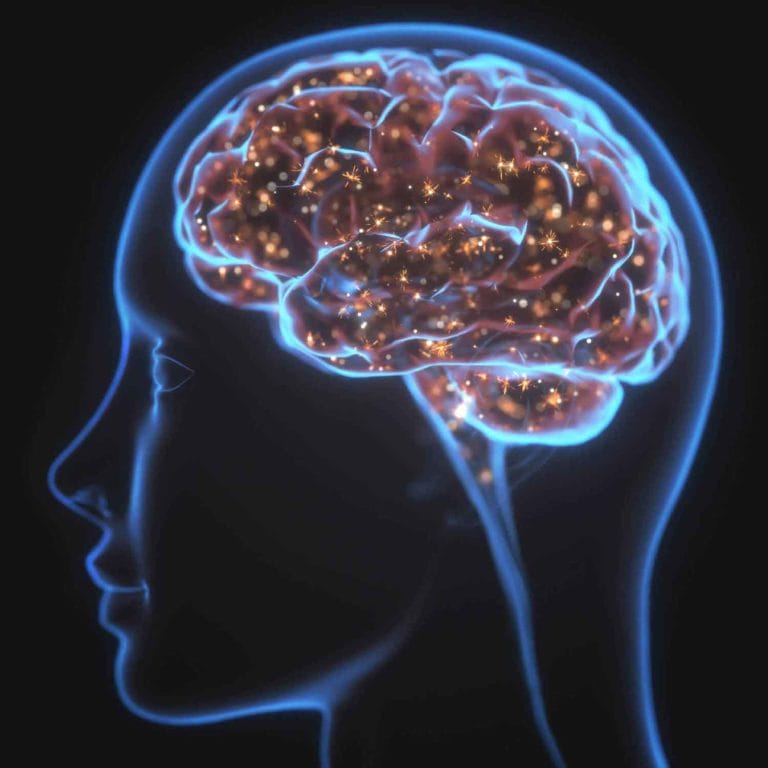What is a trigger?
In the context of mental health, the term trigger refers to “a situation or experience that acts as a catalyst for an emotional, physical, or behavioral response.”
Emotional responses include panic, anger, fear, anxiety, shame, sadness, and feeling out of control. Physical responses include shakiness, tightness in your chest, cold sweats, elevated heart rate, tunnel vision, vertigo, and trouble breathing. Behavioral responses include isolating yourself from others, becoming physically aggressive, or shutting down and dissociating.
Many people can trace their triggers back to trauma. If you survived a car accident, you may be triggered by sudden, loud noises. If you grew up with overprotective parents, you may be triggered by large groups of people. If you were sexually assaulted, you may be triggered by someone grabbing you unexpectedly, even in a friendly way.
If you’re a parent, you may be triggered by your child’s emotions or behaviors–most often in the ways you had to learn to adapt in your own childhood. For example, if it didn’t feel safe for you to have a dissenting opinion growing up, your kid vocalizing their opinion will trigger you. If it didn’t feel safe for you to cry or get angry as a child, you will be triggered by your kid’s big feelings.
Many others cannot identify why they have the reaction they do. This is common and could be due to repressed memories, unresolved trauma, or unhealed attachment. This situation is especially frustrating because you logically know that you’re not responding in a healthy way, but you feel helpless to change because you don’t yet understand the why. More on this later.

How can I cope with anxiety and trauma triggers?
When you are triggered, first, practice compassion for yourself. Your feelings are valid, and it’s ok to feel however you feel in that moment. Thankfully, your brain and your body want to be regulated (returned to calm), your systems don’t want to be overwhelmed, and you can give them the tools and signals they need to feel safe.
So here are some tools for your self-regulation toolkit:
Listen to bilateral music with headphones. Bilateral music moves back and forth from the left ear to the right ear and has been proven to reduce anxiety and create more flexibility in your brain, allowing you to move your thoughts away from what triggered you.
Or listen to music that reflects the mood you want to achieve, not how you currently feel. Happy music will trick your brain into feeling happy.
Practice grounding with your five senses. Spend one minute per sense beginning with sight. Find things with your eyes that are pleasant or neutral. Next, listen for what you can currently hear. If there are no pleasant or neutral sounds, you can hum. For smell, apply lotion or essential oils onto your hands then hold them under your nose and breathe deeply with your eyes closed. For taste, eat a peppermint or take a drink and notice the taste. Lastly, for touch, begin with inner touch and ask yourself, “What do I notice inside my body?” Is your chest tight? Do you have a lump in your throat? Then move to outer touch: “What do I notice about my body?” What can you physically feel?
Practice box breathing: Inhale for four counts, hold for four counts, exhale for four counts, hold for four counts, then repeat that pattern for one minute. It may help you to draw a square with your finger in the air or on your leg while you do this.
Do a physiological sigh: Do a double inhale through your nose–first a big, deep inhale and then a second, smaller inhale to completely inflate your lungs–and then do a long, full exhale through your mouth to completely empty your lungs. Physiological sighs naturally reset your parasympathetic nervous system, shifting your body from alertness and stress to rest and calm.
Practice guided meditation. Our therapists recommend the Calm app or the Insight Timer app.
Practice yoga. Even five minutes of stretching and breathwork will help your body to return to calm.
Get into nature. Practicing the grounding techniques above while absorbing Vitamin D from direct sunlight is especially helpful.
Change your state of being. Take a shower, go outside and stand in the grass with bare feet, dip your hands into cold water. The purpose is to shift your nervous system out of the frantic state it’s in into a safer one.
Watch a funny video on your phone. Laughter is a sign to your body that you are safe, so whatever makes you laugh, queue it up and get chuckling.

Do I need counseling for my anxiety and trauma triggers?
Returning to what I alluded to previously, if you don’t know what is triggering your strong reactions, it may be due to repressed memories, unresolved trauma, or unhealed attachment. In these cases, trauma therapy is needed to discover the underlying causes and to create new pathways in the brain so that your triggers can diminish, and you can heal. (If you know what’s triggering you but haven’t yet sufficiently dealt with it in therapy, this applies to you as well.)
Brainspotting and EMDR are especially effective for identifying the root causes of triggers because they can directly access the part of the brain where the trauma is stored and can quickly resolve your trauma even if you’ve repressed the memory of it. At The Finding Place Counseling, we use Brainspotting and EMDR in conjunction with talk-based trauma-focused therapeutic modalities like Internal Family Systems and Somatic Experiencing for a holistic approach to healing.
If you feel you may need trauma therapy for PTSD, trauma, or anxiety, or if you would like to try Brainspotting therapy for PTSD, trauma, or anxiety, contact us to learn more.
The Finding Place Counseling offers both local mental health counseling in Little Rock, Arkansas, and custom therapy intensives that serve clients across the country.






